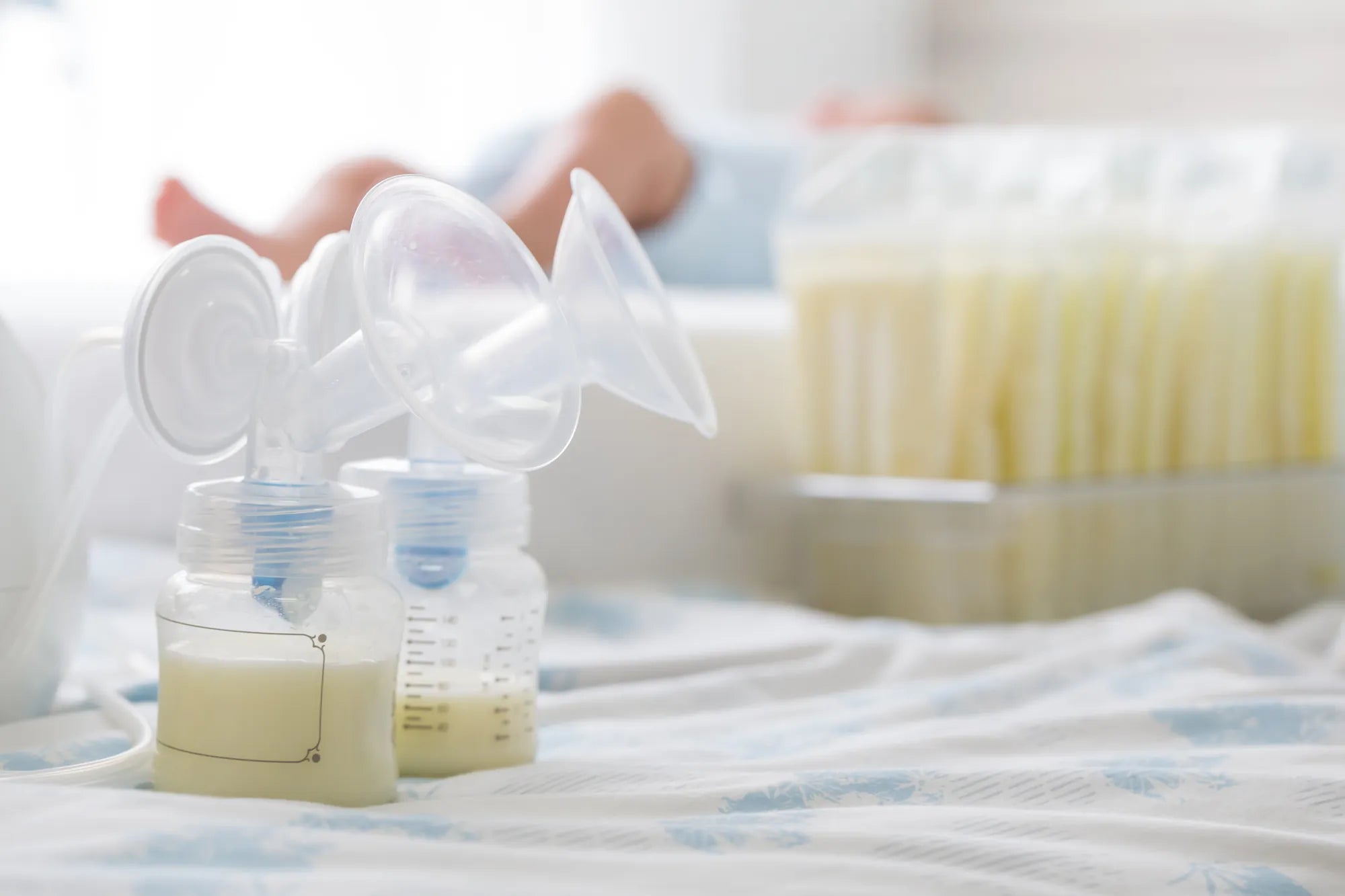Home
Pregnancy, Breastfeeding, and Pumping: The Ultimate Guide for Moms
How to Know the Right Size of Breast Pump: A Comprehensive Guide

How to Know the Right Size of Breast Pump: A Comprehensive Guide
Understanding the Importance of the Right Breast Pump Size
Choosing the right size of breast pump is crucial for both comfort and efficiency. An ill-fitting breast pump can lead to discomfort, reduced milk output, and even injury. Understanding how to determine the correct size can make a significant difference in your breastfeeding journey.
Why Size Matters in Breast Pumps
The size of the breast pump flange, the part that fits over the breast, is particularly important. A flange that is too small can cause pain and restrict milk flow, while one that is too large may not create a proper seal, leading to inefficiency. Ensuring the correct size can enhance your pumping experience and help maintain your milk supply.
How to Measure for the Right Breast Pump Size
To determine the correct size, you need to measure the diameter of your nipple. Here’s a step-by-step guide:
- Use a ruler or a measuring tape.
- Measure the diameter of your nipple at its base, not including the areola.
- Add 2-3 millimeters to this measurement to find the appropriate flange size.
It’s important to note that nipple size can change over time, especially during the postpartum period, so regular measurements may be necessary.
Common Mistakes to Avoid
One common mistake is assuming that one size fits all. Breast pump flanges come in various sizes, and what works for one person may not work for another. Another mistake is ignoring discomfort or pain while pumping, which can be a sign that the flange size is incorrect.
Expert Tips for Choosing the Right Breast Pump Size
Consulting with a lactation consultant can provide personalized advice and ensure you get the right fit. Additionally, many breast pump manufacturers offer sizing guides and customer support to help you make an informed decision. Don’t hesitate to reach out for assistance if you’re unsure.
Adjusting Your Breast Pump for Optimal Comfort
Once you have the correct size, it’s essential to adjust the settings on your breast pump for optimal comfort and efficiency. Start with the lowest suction setting and gradually increase it until you find a comfortable level. Proper positioning and relaxation techniques can also enhance your pumping experience.
Signs That Your Breast Pump Size is Incorrect
If you experience pain, redness, or swelling during or after pumping, it may be a sign that your breast pump flange is the wrong size. Reduced milk output or difficulty in maintaining suction can also indicate an ill-fitting flange. Addressing these issues promptly can prevent further complications.
When to Reassess Your Breast Pump Size
Your body can change over time, especially during the breastfeeding journey. It’s a good idea to reassess your breast pump size periodically, particularly if you notice any changes in your comfort or milk output. Regular check-ins with a lactation consultant can also help ensure you’re using the correct size.
Making the Right Choice for Your Breastfeeding Journey
Determining the right size of breast pump is a critical step in ensuring a comfortable and efficient pumping experience. By taking the time to measure correctly, avoiding common mistakes, and seeking expert advice, you can make an informed decision that supports your breastfeeding goals. Remember, the right fit can make all the difference in your journey.
Share
